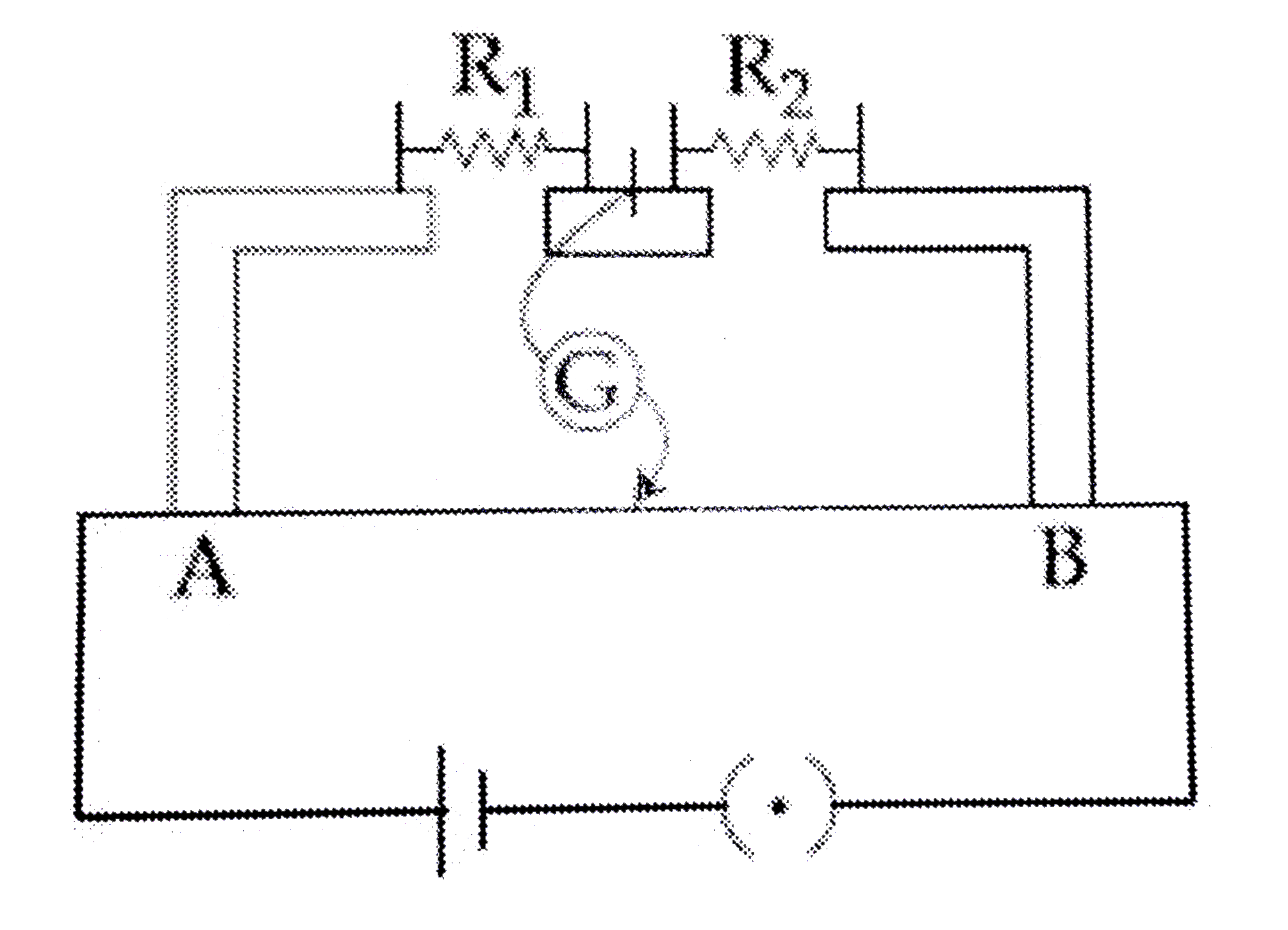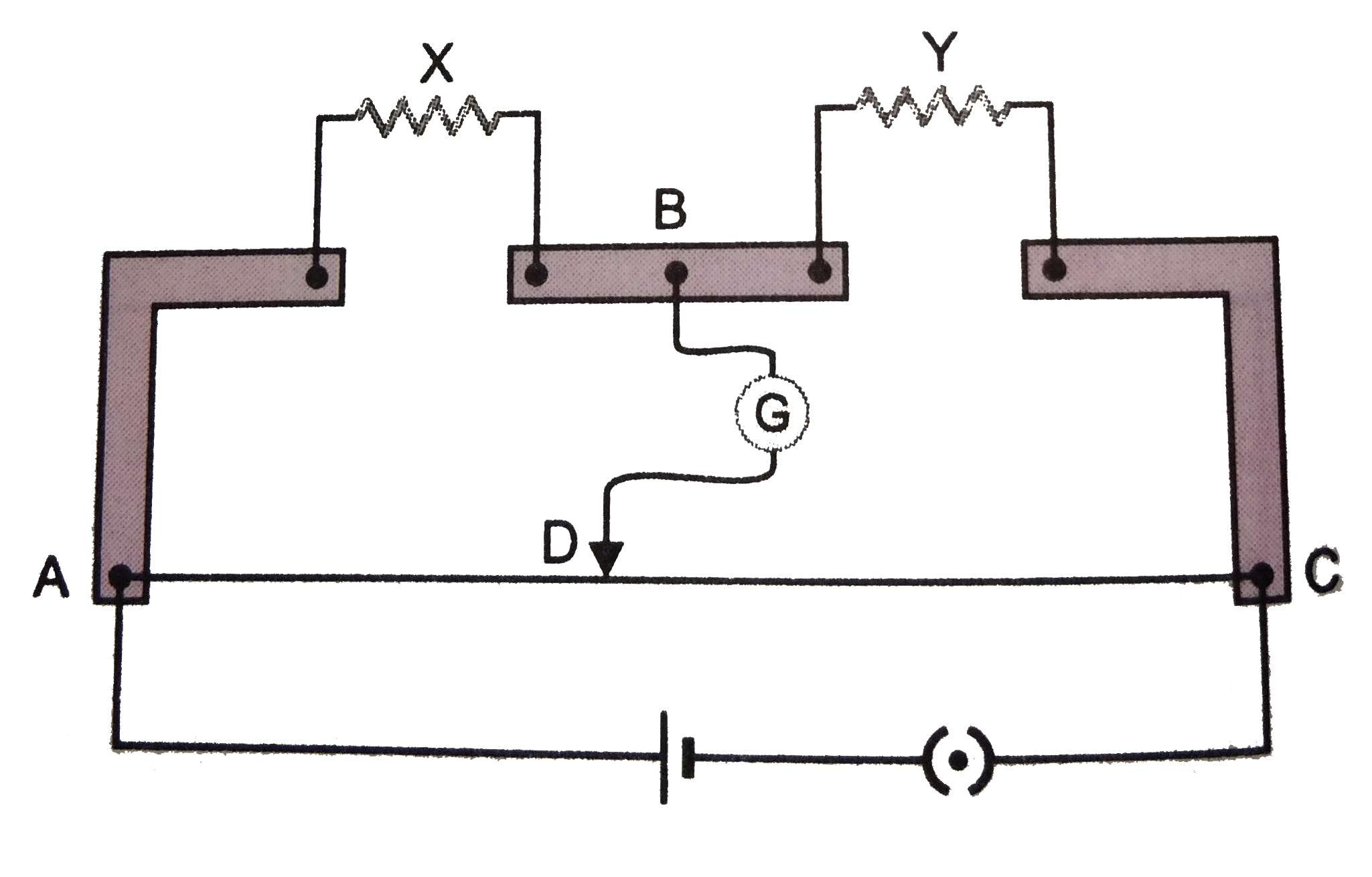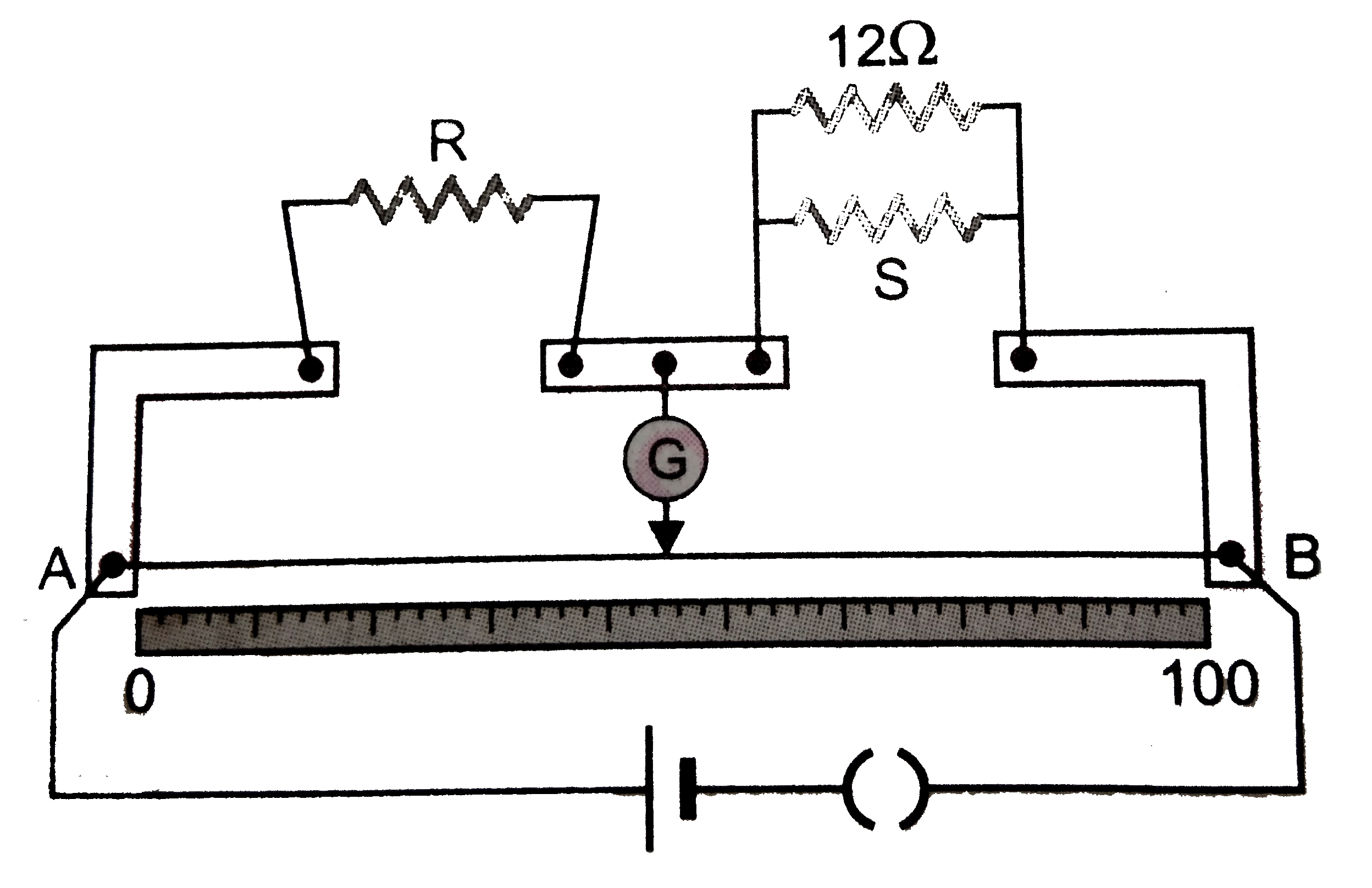in rule method the null set is resresented by
{0}
Φ
{x:x≠x}
{x:x=x}
The correct Answer is:C
To solve the question, "In rule method, the null set is represented by," we will analyze the options provided and determine which one correctly represents the null set using the rule method.
1. Understanding the Null Set:
The null set, also known as the empty set, is a set that contains no elements. It is commonly represented in two ways: as {} (curly brackets) or as the symbol ∅ (phi).
2. Analyzing the Options:
- Option 1: This option likely represents a non-empty set. Since we are looking for the null set, we can eliminate this option.
- Option 2: Similar to option 1, this also likely represents a non-empty set. Hence, we can eliminate this option as well.
- Option 3: This option states "x such that x is not equal to x". This is a logical contradiction because there are no values of x that can satisfy this condition. Therefore, this set will contain no elements, making it the null set.
- Option 4: This option states "x such that x is equal to x". This is always true for any x, which means this will represent all possible values of x, thus it cannot represent the null set.
3. Conclusion:
Based on the analysis, the correct representation of the null set in the rule method is given by Option 3: x such that x is not equal to x.
Final Answer:
The null set is represented by: x such that x is not equal to x.
---
The null set, also known as the empty set, is a set that contains no elements. It is commonly represented in two ways: as {} (curly brackets) or as the symbol ∅ (phi).
- Option 1: This option likely represents a non-empty set. Since we are looking for the null set, we can eliminate this option.
- Option 2: Similar to option 1, this also likely represents a non-empty set. Hence, we can eliminate this option as well.
- Option 3: This option states "x such that x is not equal to x". This is a logical contradiction because there are no values of x that can satisfy this condition. Therefore, this set will contain no elements, making it the null set.
- Option 4: This option states "x such that x is equal to x". This is always true for any x, which means this will represent all possible values of x, thus it cannot represent the null set.
Based on the analysis, the correct representation of the null set in the rule method is given by Option 3: x such that x is not equal to x.
The null set is represented by: x such that x is not equal to x.
Topper's Solved these Questions
- SETSBOOK - OBJECTIVE RD SHARMA ENGLISHCHAPTER - SETSEXERCISE - Chapter Test
30 Videos
- SETSBOOK - OBJECTIVE RD SHARMA ENGLISHCHAPTER - SETSEXERCISE - Section I - Solved Mcqs
24 Videos
- SEQUENCES AND SERIESBOOK - OBJECTIVE RD SHARMA ENGLISHCHAPTER - SEQUENCES AND SERIESEXERCISE - Chapter Test
59 Videos
- STRAIGHT LINESBOOK - OBJECTIVE RD SHARMA ENGLISHCHAPTER - STRAIGHT LINESEXERCISE - Chapter Test
34 Videos
Similar Questions
In set builder method the null set is represented by
View SolutionWhich of the following are the examples of the null set ?
(i) Set of odd natural numbers divisible by 2
(ii) Set of even prime numbers
(iii) {x : x is a natural numbers, x<5andx>7}
(iv) {y : y is a point common to any two parallel lines}.
View Solution
Knowledge Check
In set -builder form the null set is represented by
A{}BϕC{x|x≠x|}D{x|x≠=x|}
Which of the following are examples of the null set(i) Set of odd natural numbers divisible by 2(ii) Set of even prime numbers(iii) {x: x is a natural numbers, x<5and x>7}(iv) {y: y is a point common to any two parallel lines}
View SolutionThe rank of a null matrix is
View SolutionIn the experimental set up of meter bridge shown in the figure, the null point is obtained at a distance of 40 cm from A. If a 10Ω resistance is connected in series with R1, the null point shifts by 10 cm. The resistance that should be connected in parallel with (R1+10)Ω such that the null point shifts back to its initial position is :

View SolutionThe figure

Shows the experimental set up of a meter bridge. The null point is found to be 60 cm away from the end A with X and Y in positions as shown. When a resistance of 15Ω is connected in series with Y, the null points is found to shift by 10 cm towards the end A of the wire. Find the position of the null point if resistance of 30Ω were connected in parallel with Y.
View SolutionIn a meter bridge, the null point is found at a distance of 40cm from A. If a resistance of 12Ω in connected in parallel with S the null point occurs at 50.0cm from A Determine the value of R and S

View SolutionIn a meter bridge,

the null points is found at a distance of 33.7 cm from A. If now a resistance of 12Ω is connected in parallel with S, the null point occurs at 51.9 cm. Determine the values of R and S.
View SolutionIn a meter bride, null point is 20cm, when the known resistance R is shunted by 10Ω resistance, null point is found to be shifted by 10cm . Find the unknown resistance X.
View Solution
